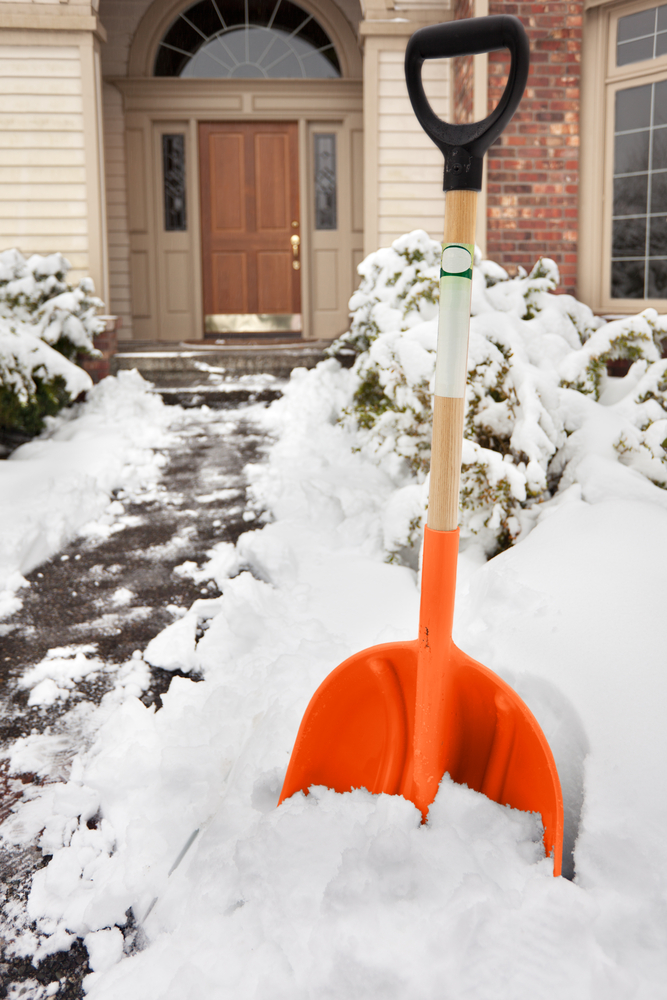Howling wind, sideways sleet, and a blanket of snow: If this sounds like winter where you are, you already understand how important it is to stay cozy in the coldest months of the year. That warm, snuggly feeling doesn’t have to come at the expense of the environment. It’s possible to seek refuge in your home and still adopt eco-friendly practices. Here are some of the best ways to stay cozy and sustainable in the winter.
Use the most efficient heating
Energy-efficient heating systems that include programmable thermostats, smart controls, and high-efficiency furnaces help you stay warm and protect the environment at the same time. Each feature lets you regulate your home’s temperature, moving the dial remotely or at a set time, so you aren’t heating an empty house.
Add insulation
One of the reasons even the most efficient heating systems perform poorly is inadequate insulation. Proper insulation keeps cold out and heat in. Upgrade the level and amount of insulation in the attic, walls, and around windows. You can even use eco-friendly insulation materials like recycled denim to reduce your environmental impact further.
Seal leaks
Leaks around windows, doors, and the places where walls join allow drafts to enter the home and make it chilly. Identifying and sealing gaps and cracks with weather stripping and caulk is a breeze — and keeps the breeze out. This can significantly improve energy efficiency.
Consider natural heating
Passive design involves making use of the position of the home and its features to heat and cool in a more eco-conscious way. Moving furniture to south-facing windows in wintertime helps enhance a warm and cozy feeling during the day. Be careful not to block heating vents or radiators with furniture, though.
Select window treatments carefully
Window treatments add another layer of protection from chilly drafts and air leaks. Thermal curtains and blinds insulate windows at night and help retain more heat. Be sure to open the curtains to the daytime sun.
Invest in energy-efficient lighting
Shorter days mean more time spent in artificial light. Energy-efficient LED or CFL bulbs consume less electricity and last longer than their incandescent counterparts. Dimmer switches and motion sensors help you moderate the electricity used and take the guesswork out of turning the lights on and off.
Decorate sustainably
Decorating for the winter months can be incredibly damaging to the environment. Many people invest in plastic decorations that don’t last. Flip that outdated practice on its head by choosing sustainable materials for decorations. This might include recycled paper, natural fibers, or items from the outdoors like pine boughs and holly. Not only are these decorations beautiful, but they are also better for the environment.
Add rugs
Because heat rises, floors can get cold during winter. This might cause you to bump up the thermostat when all you really need is a little warmth underfoot. Adding rugs is a good solution if money is tight. Rugs help keep feet cozy and reduce the need to increase the temperature.
Give your appliances an energy-efficient upgrade
If you are replacing your appliances during the winter, consider upgrading to Energy Star-rated, more energy-efficient appliances. This has considerable benefits that go a long way to reducing your electric bill and your environmental impact.
Explore alternatives
As the price of alternative energy sources begins to come down and consumers look for ways to reduce their carbon footprint, solar panels or wind turbines make a solid investment. Even if you don’t have acres of land to install a large array of panels or erect a full-scale wind turbine, there are energy alternatives that can work for you.
For smaller homes, a portable battery and small, collapsible solar panel can provide power in an emergency instead of a loud, inefficient gas generator. Smaller hybrid systems that combine power from wind and solar are available even in urban areas. Connecting to local conservation groups is a good way to begin exploring feasible alternatives for your specific situation.
Tips To Make Your Porch Cozy in Cold Weather
9 House Maintenance Tips for Cold Weather
Preparing Your Garden and Outdoor Spaces for Winter: A Green Thumb’s Guide


